Are you navigating the sometimes tricky waters of contract termination? Whether it's due to changes in circumstances, unmet obligations, or simply a new direction, knowing how to properly structure a termination agreement is essential. A clear and professional letter can make this process smoother and set the stage for amicable resolutions. Join me as we explore the key elements of a contract termination letter and how to craft one that meets your needs!

Clear Identification of Parties
The clear identification of parties in a contract termination agreement is essential to ensure that all involved entities are accurately represented and understood. The primary parties, typically defined as "Party A" and "Party B", should be identified with full legal names, including any relevant designations such as "Inc.", "LLC", or "Ltd." This distinguishes corporate entities from individuals. Addresses, including city, state, and zip code, must be included to provide a precise location for each party, enabling better communication. Additionally, if there are any agents or representatives acting on behalf of a party, their names and titles should be explicitly stated for clarity. Proper identification reduces ambiguity and aids in the enforceability of the termination agreement.
Effective Termination Date
The effective termination date marks the point at which the binding contract between parties officially concludes, often requiring clear communication and documentation. This date, typically specified in the termination agreement, can range from immediate cessation to a negotiated period, commonly 30 days after notice. For contracts associated with services or employment, this date holds significant implications for obligations such as final payments or ongoing benefits. Accurate recording of this date is crucial to ensure compliance with legal requirements and to prevent any potential disputes regarding the contract's end. Proper notice should align with the agreement's stipulated guidelines to maintain transparency and professionalism.
Contract Reference and Reason for Termination
The contract termination agreement outlines the formal process for ending the legal relationship established by a specific contract, identified by the Contract Reference number, which serves as a unique identifier for the agreement. Reasons for termination may vary, including breach of contract, mutual consent, or completion of the agreed terms. It is essential to accurately document the specific circumstances leading to this decision to avoid future disputes. Important details may include the effective termination date, any outstanding obligations, and the final settlement of accounts or services rendered. Clarity in this agreement ensures all parties understand their rights and responsibilities post-termination, providing legal protection and peace of mind.
Obligations and Deliverables Settlements
Contract termination agreements outline the obligations and deliverables involved in concluding a business relationship. Typically, parties must clearly state all remaining deliverables, such as outstanding products or services, and specify deadlines or terms for completion. Monetary settlements may include final payments, reimbursements, or penalties stipulated in the original contract, ensuring all financial obligations are settled according to legal frameworks. Additionally, confidentiality clauses may require parties to uphold privacy regarding proprietary information, with particular emphasis on any intellectual property involved. Addressing transition of obligations is essential, ensuring any remaining responsibilities, such as notifying clients or securing assets, are effectively transferred to prevent liability issues.
Confidentiality and Legal Compliance
Confidentiality agreements play a critical role in legal compliance when terminating a contract. The termination process must adhere to specified terms outlined in the original contract, ensuring that sensitive information, such as proprietary technologies or trade secrets, remains protected according to jurisdictional laws. Legal compliance, governed by regulations like the Uniform Commercial Code (UCC) in the United States, requires clear documentation of the termination and reasons behind it, alongside mutual consent from all parties involved. Notably, entities like the American Bar Association emphasize the importance of explicitly stating confidentiality obligations within the termination agreement, safeguarding against potential breaches that could result in substantial monetary damages or legal repercussions.

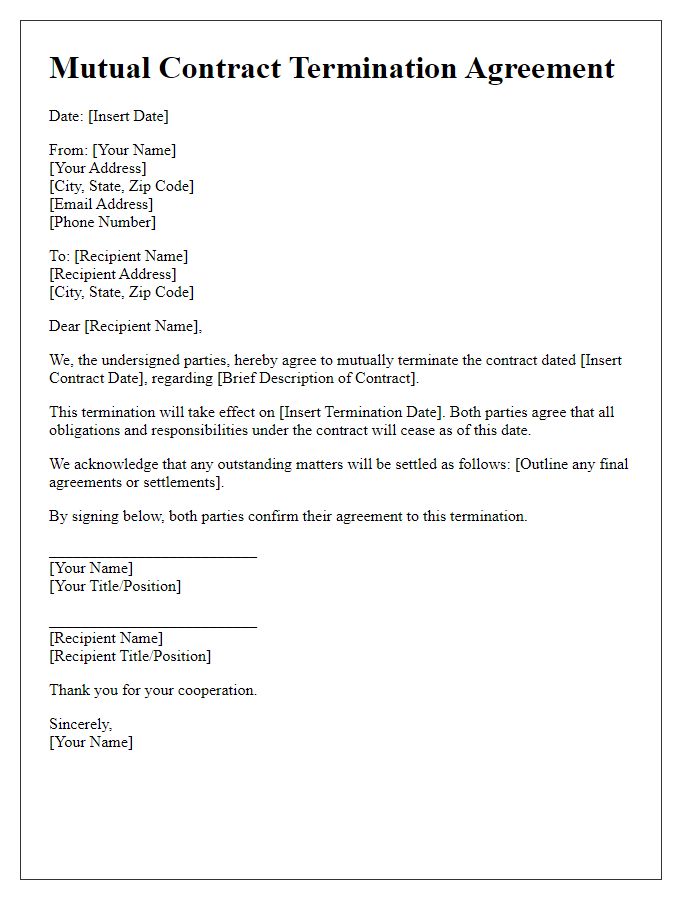
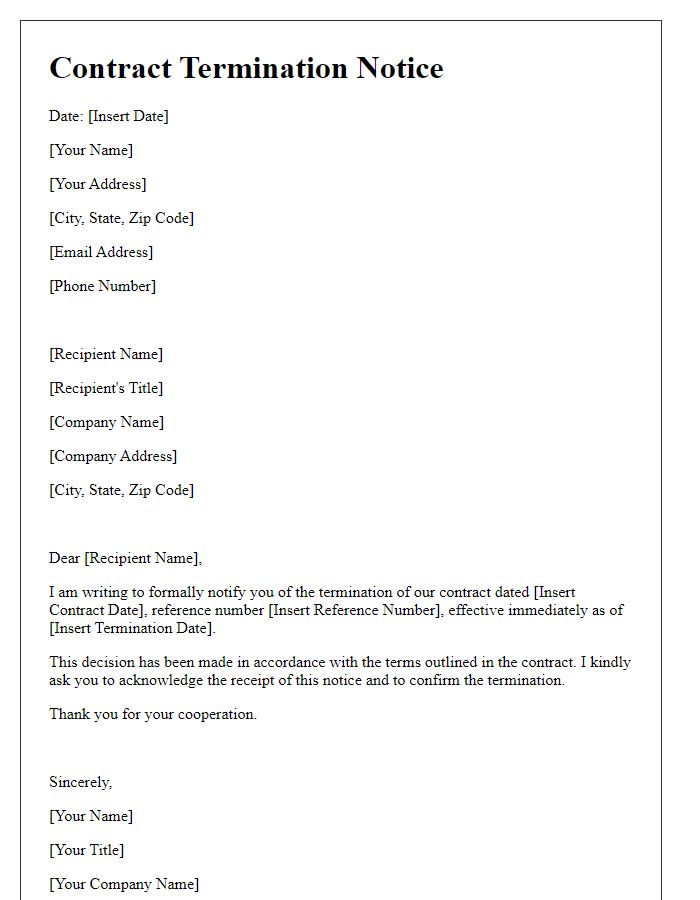
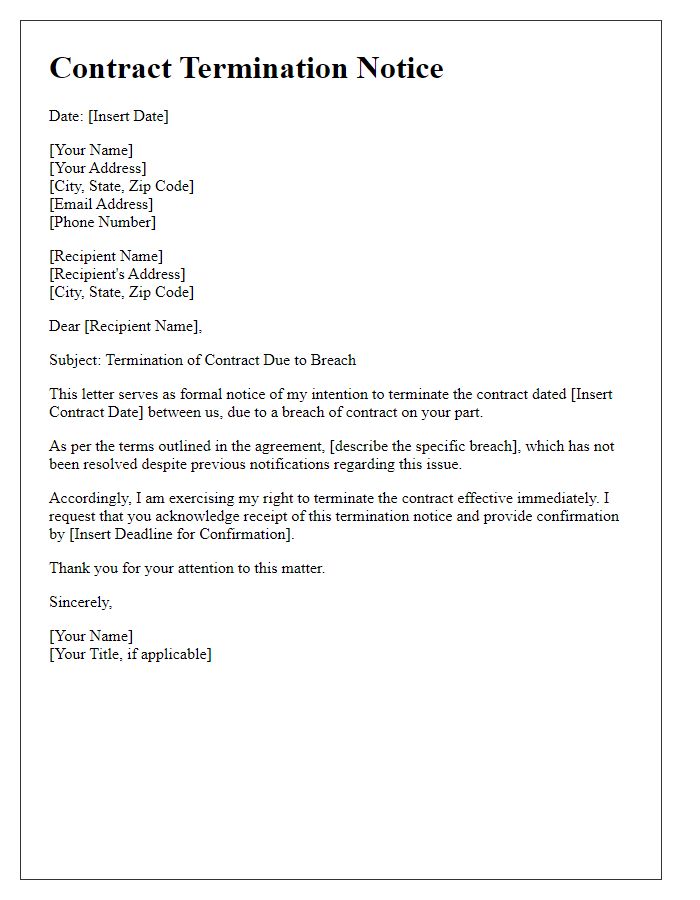
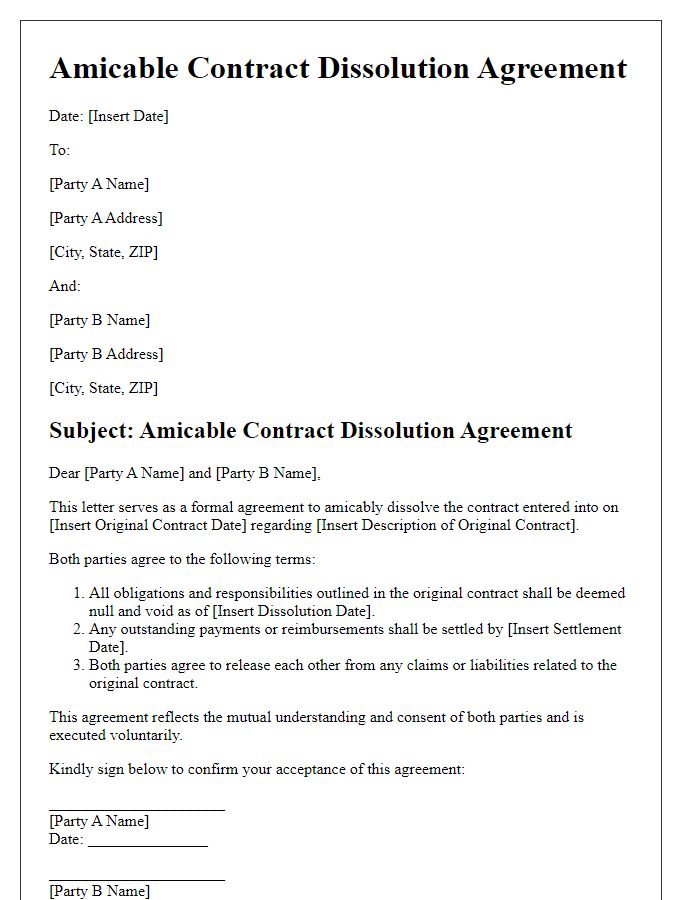
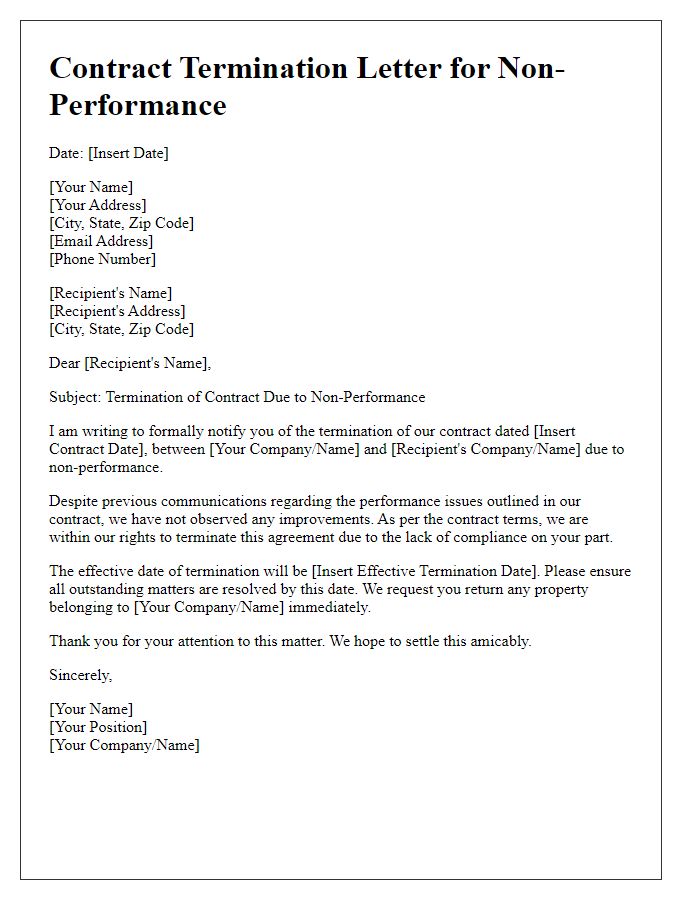
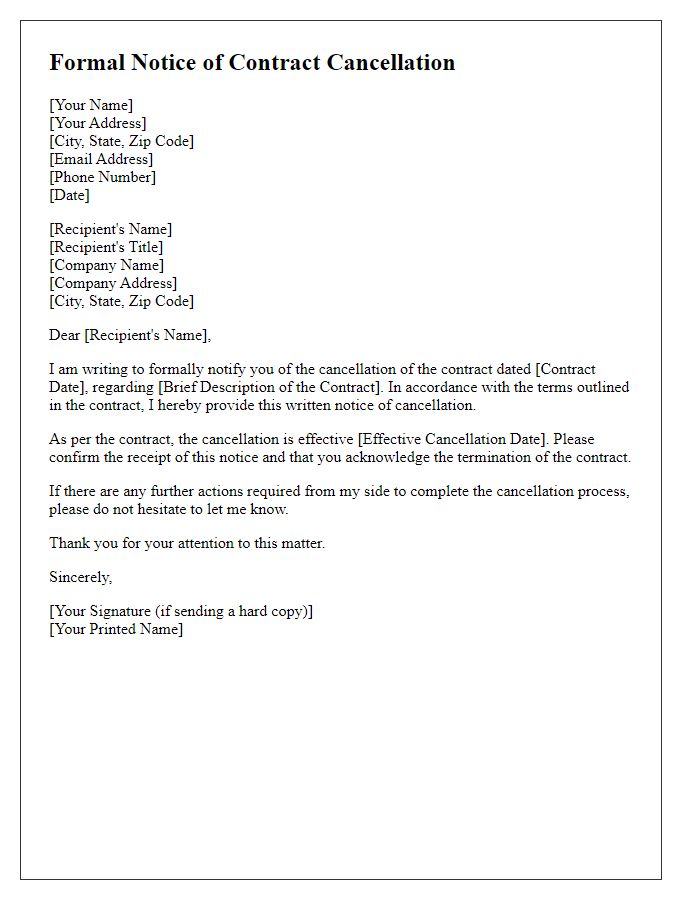
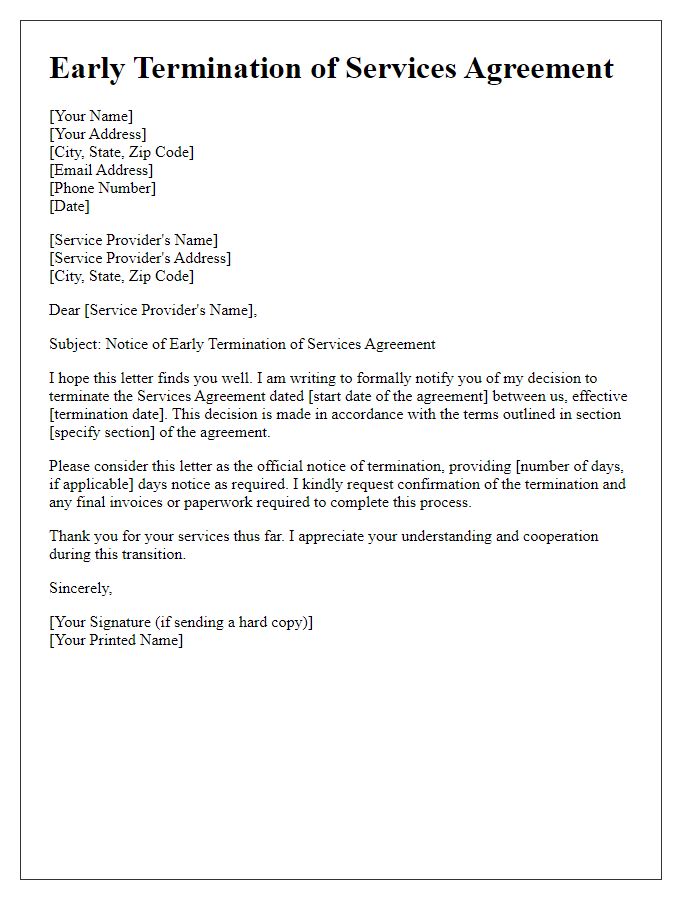
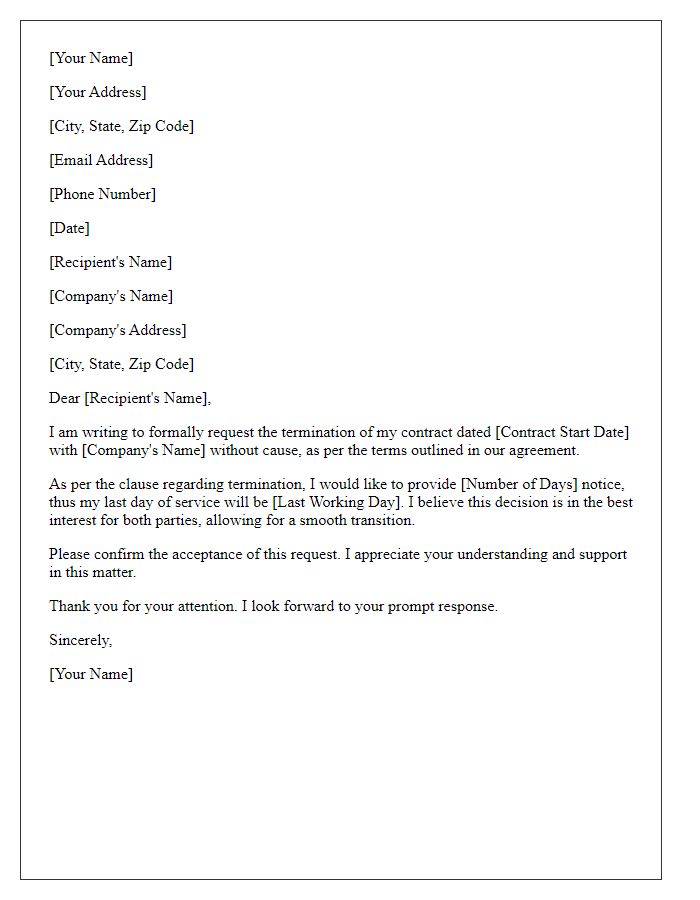
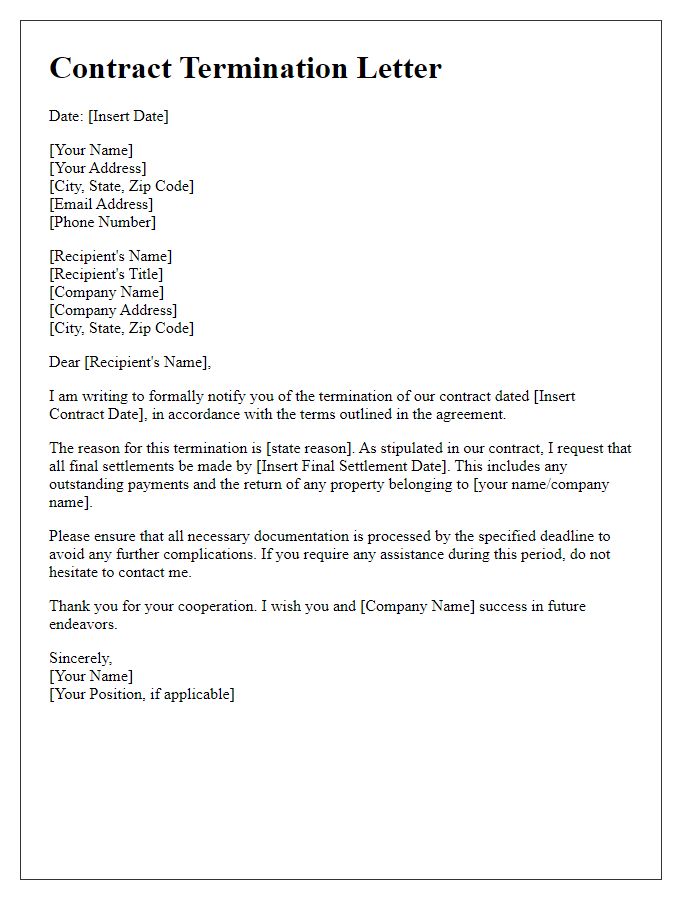
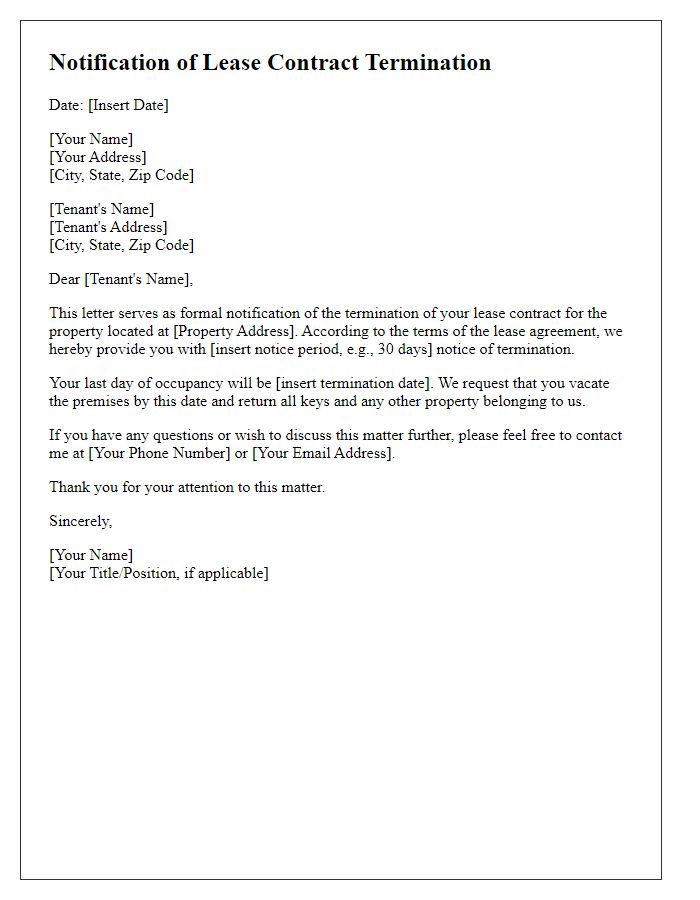


Comments